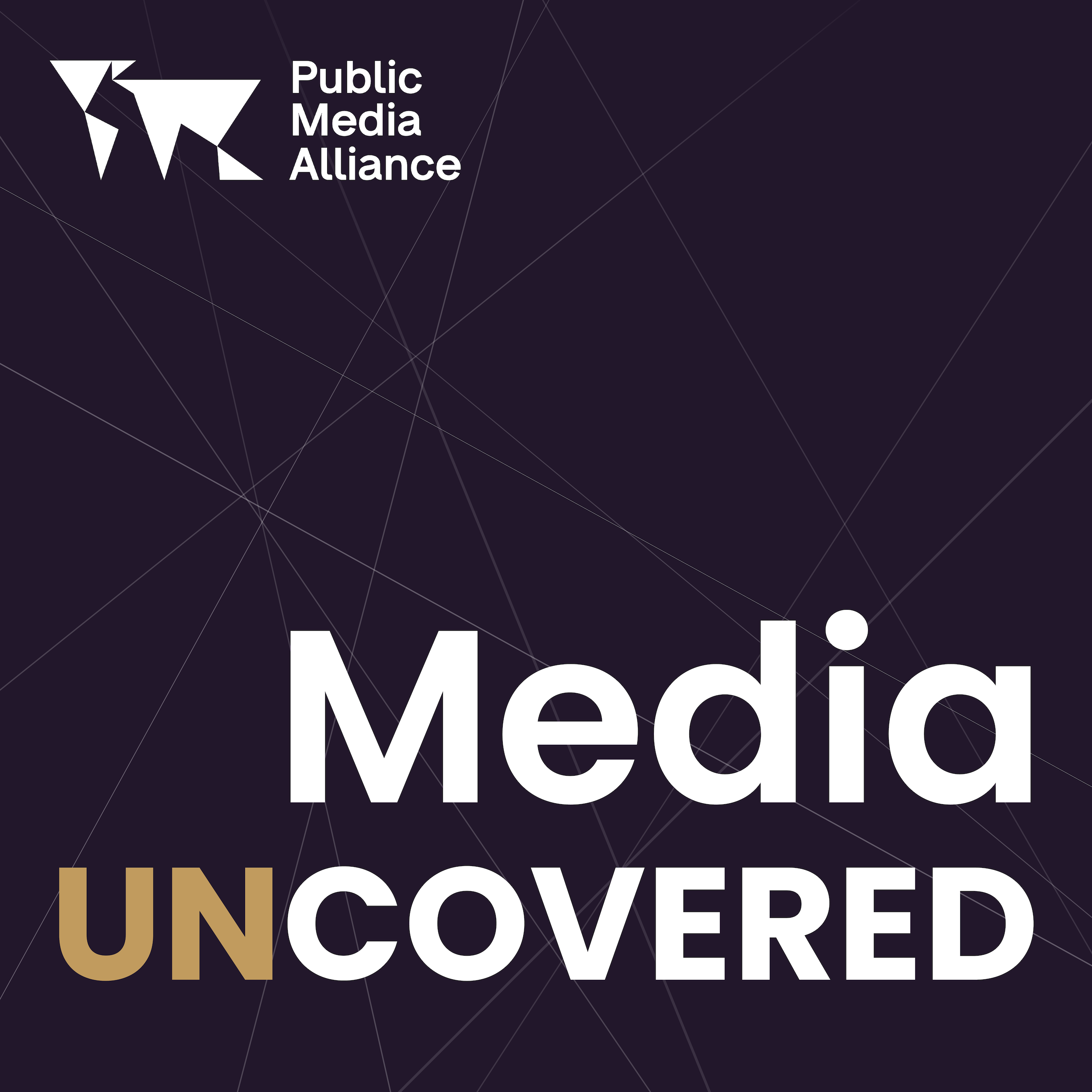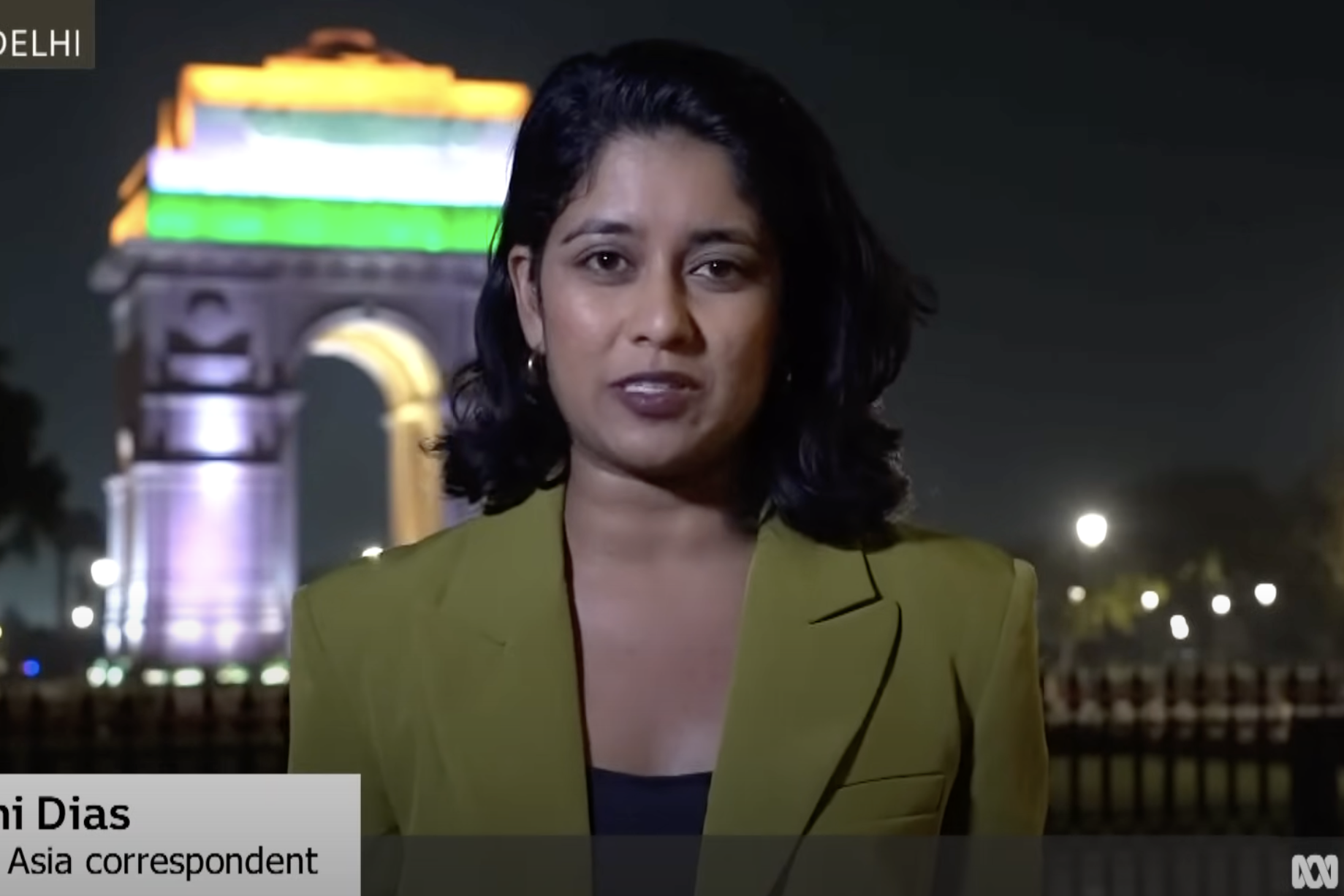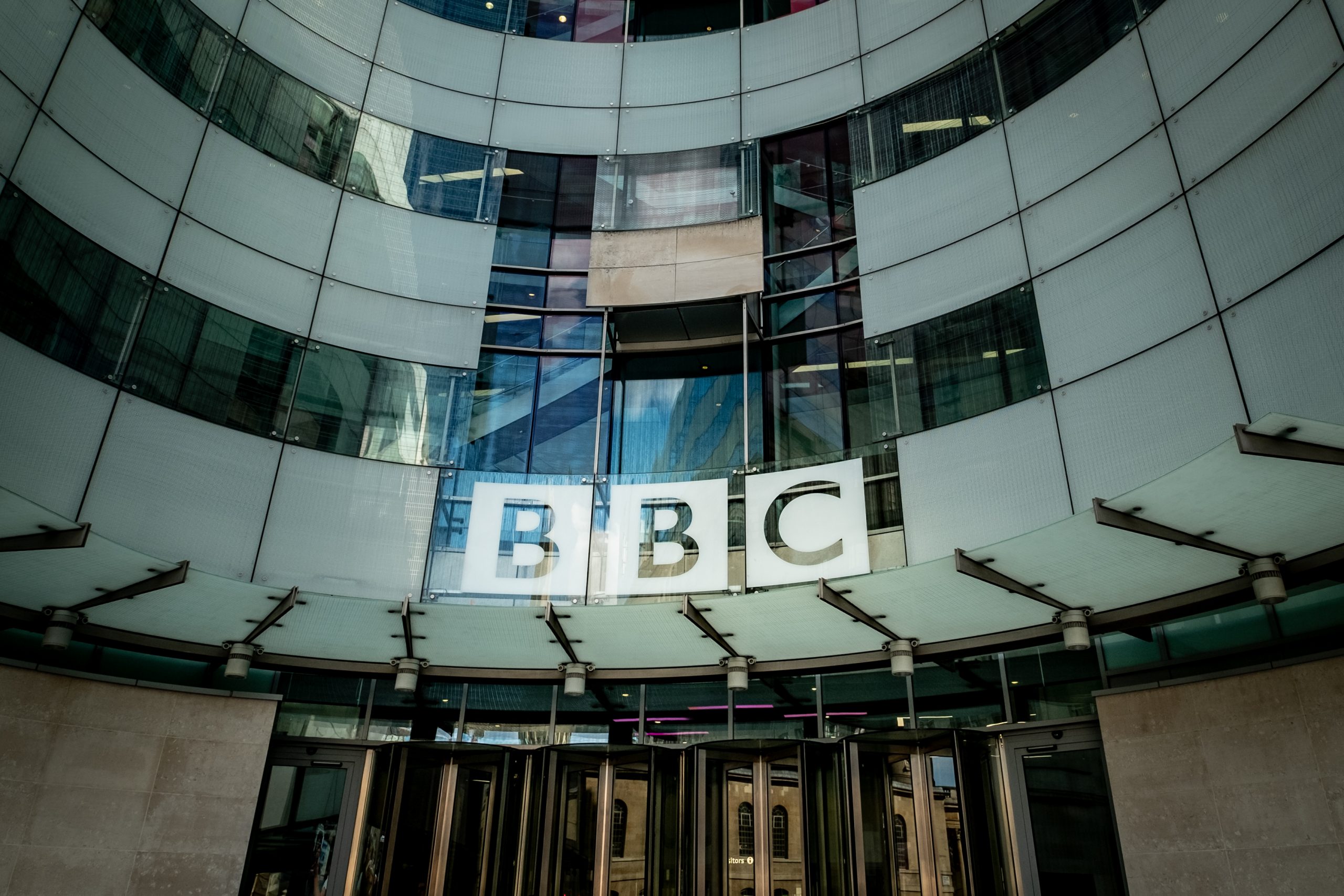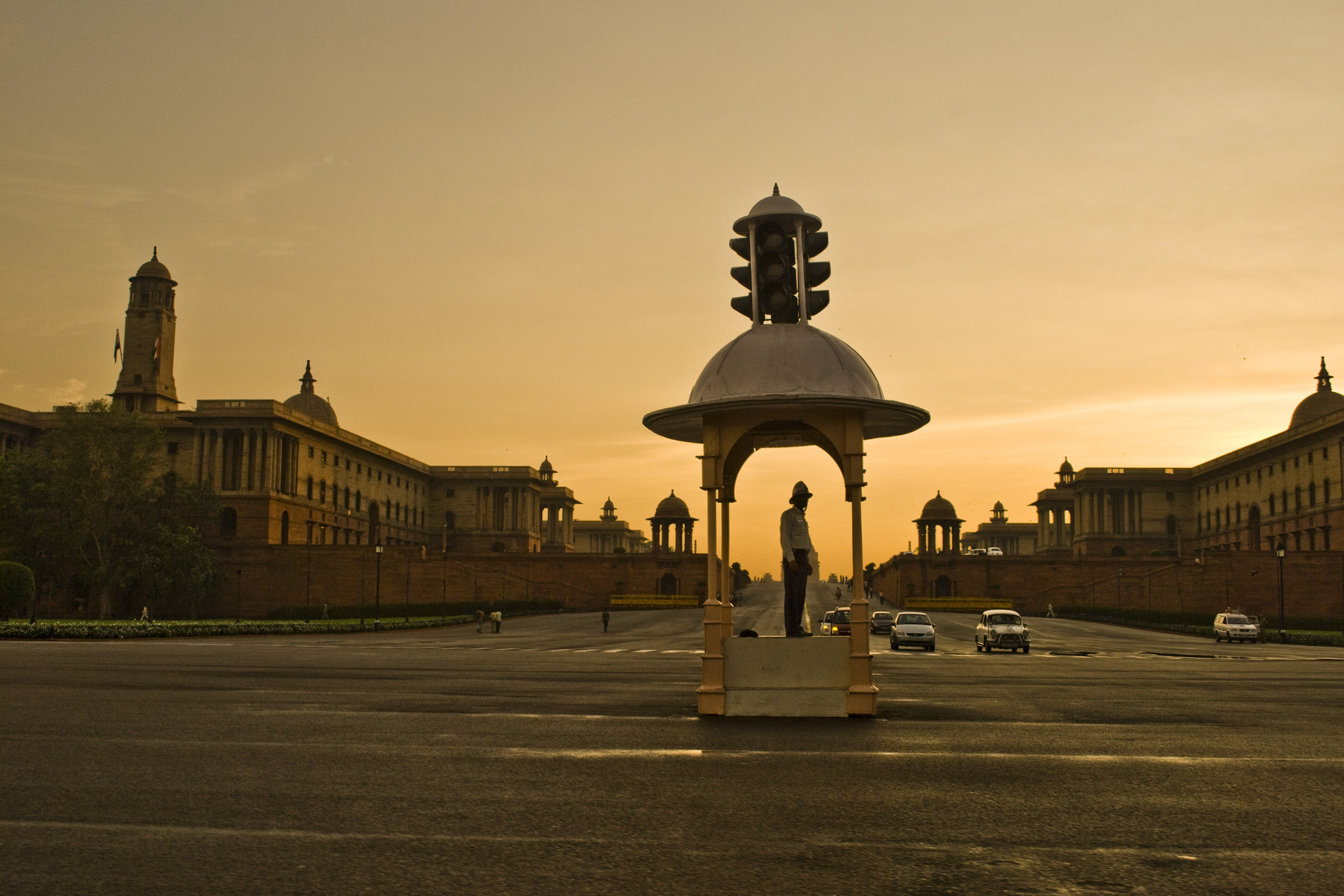“Burlier and bigger”: Why India’s Broadcasting Bill has provoked fears of censorship
7th August 2024
India’s independent audio-visual content creators could be labelled as digital news broadcasters under the new legislation, forcing them to comply with government regulations.
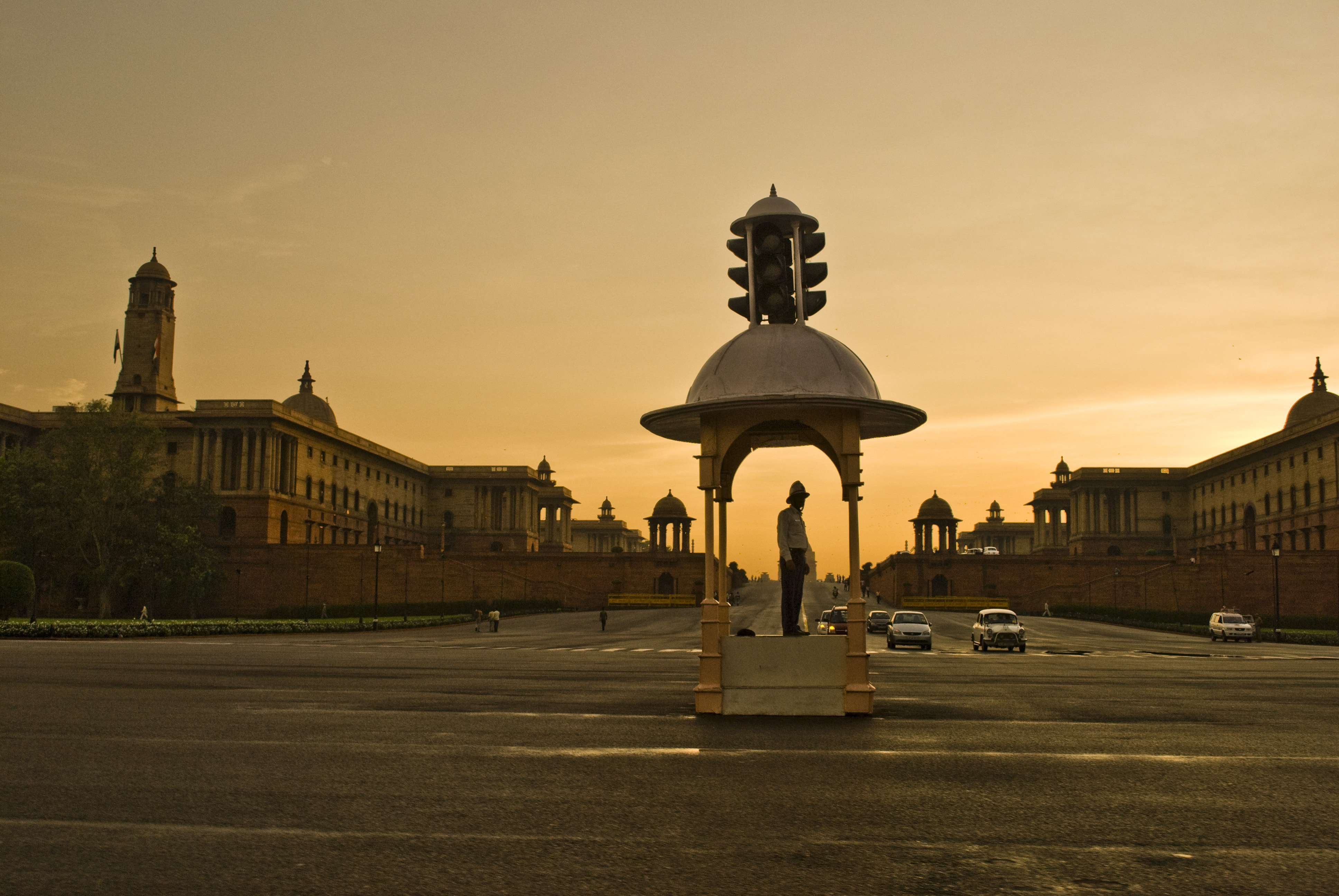
IN BRIEF:
- The second version of the Broadcasting Bill has been provisionally released in India, and proposes bringing content creators under media regulation.
- The first edition was unveiled last year, but was roundly criticised for how it sought to include OTT platforms within the regulations.
- It has been condemned for being a further attempt at limiting press freedom, and controlling what content is produced online.
- A Ministry of Information and Broadcasting response said the Bill is still in its drafting stage.
IN FULL:
The government’s second draft of the Broadcasting Bill has faced immediate criticism in India, with the opposition claiming it will restrict press freedom.
The Bill was designed to update the country’s media regulation for the digital age, replacing the Cable Television Networks (Regulation) Act of 1995.
Read more: ABC journalist’s troubles in India spotlight erosion of media freedoms
But it has faced instant opposition over concerns that it will label any content creator who uses online means to distribute their content as “digital news broadcasters”, and therefore subject them to certain regulations.
“This could unnecessarily regulate individuals and small teams providing independent news coverage,” said Pawan Khera, a member of the opposition Congress party.
What does the Broadcasting Bill propose?
The Bill’s first draft was released in November 2023. In that iteration, it looked to expand the scope of broadcasting regulation to include OTT platforms such as Netflix and Disney+.
Groups such as the Internet Freedom Coalition argued that “By expanding the restrictive regulations currently applied to cable tv and radio, to “Over-the-Top” (“OTT”) content & digital news published by individuals/companies, the Ministry of Information and Broadcasting is allowing for executive control over online free speech and artistic content.”
“[The bill] is scene two of the same act. It is an obvious attempt to muzzle online news and commentary critical of the government.” – Ruchi Gupta, executive director of Future of India Foundation
“This draft bill is a clear reflection of the government’s panic over diversity online,” wrote Seema Chishti in The Wire. “If newspapers and TV channels are controlled by restricting ads or giving the proprietor a phone call, the Broadcast Bill is an attempt to formalise the threat of punitive government action and also extend its reach to digital media.”
From its first surfacing into the public sphere, it has since proceeded through a public consultation process, and has now partially emerged in its second draft. ‘Partially’ because the full draft has in fact only been shared with a select group of stakeholders, chosen by the Indian government.
Some details, however, have been made public, or at least, unveiled by various news outlets.
In its second iteration, it is understood that independent and small media content creators who use podcasts, videos and text to reach their audiences will also be included within the scope of media regulation. But the language in the bill is vague when it comes to just who and what is constituted as a “digital news broadcaster”. Anyone or any organisation who is defined as such, however, will find themselves having to comply with the Programme Code and Advertisement Code, the details of which are not yet public.
The bill “is scene two of the same act,” wrote Ruchi Gupta, executive director of Future of India Foundation, in The Indian Express. “It is an obvious attempt to muzzle online news and commentary critical of the government.”
Version two of the Broadcasting Bill is pretty much the same as version one, said Rajshree Chandra, of Delhi University, in The Wire, “only burlier and bigger in its capacity to curb, curtail and control online content and news (which basically means most of everything).”
The government has remained tight-lipped about the bill. According to MediaNama, the Ministry of Information and Broadcasting provided the same response to three separate questions asked by politicians in the Rajya Sabha: “The draft Broadcasting Services (Regulation) Bill, seeking to replace the existing Cable Television Networks (Regulation) Act, 1995 and Guidelines regulating the broadcasting sector was placed in public domain for comments of the stakeholders including domain experts and the general public on 10.11.2023. The stakeholders’ consultation is currently underway. The Bill is still at the drafting stage.”
Listen toour podcast
Uncovering and exploring the biggest
issues facing public media
Why is the Bill a problem?
“While the government has largely been able to cow down traditional media, intrepid online news websites and individuals have amassed a following rivalling mainstream media and have used their reach to challenge the government’s narrative,” said Gupta.
Alternative digital news sources have proven a popular and accessible way for Indian citizens to access independent news and information, largely free from government oversight. 52 percent of Indians head online to access news, information and infotainment, according to NewsLaundry. This includes through third-party websites such as TikTok, Instagram, and YouTube.
Radio broadcasting remains tightly controlled operation by the authorities. Currently, any commercial radio broadcaster is not allowed to broadcast news or current affairs programmes, except for news bulletins put together by the state broadcaster, Akashvhani (All India Radio).
In the television industry, although there is an abundance of privately-owned media companies, there is a lack of pluralism, according to RSF’s World Press Freedom Index. A bastion of independent journalism, NDTV, was bought by media tycoon Gautam Adani, a close friend of Prime Minister, Narendra Modi in 2022.
Following a period of significant decline in press freedom, the new Broadcasting Bill has been perceived as the latest step in further quelling independent journalism and news producers who use platforms beyond the purview of the Indian government to reach audiences.
Related Posts
25th April 2024
ABC journalist’s troubles in India spotlight erosion of media freedoms
ABC journalist leaves India after…
